Once conventional medicine fails or does not work as hoped, alternative methods can support and promote healing.
I. Not only Black and White
As in all areas of equestrian sport and horsekeeping, there is not just one right way. Veterinary care also has various approaches and methods to promote and support healing. In most cases, traditional medicine helps quickly and safely, but when it gets more complicated and an injury does not heal as desired, the horse owner often feels helpless and insecure despite veterinary care and proper medication. In some cases, not even a precise diagnosis can be made and is treated on a guess, although a dose of medication may be unnecessary. As already mentioned in the first article of this series, alternative medicine cannot completely replace conventional medicine. But if the veterinarian is clueless, the condition isn't getting better or if a horse owner wants to support his horse, there are many alternative methods and therapies available to support the healing and well-being of the horse.
II. Only by a Specialist
There are black sheep everywhere - in conventional medicine as well as in alternative medicine. That this is usually done only with herbs and pastes and "it can not hurt the horse" is a widespread misconception. Of course, Bach flowers (if properly applied) have no negative effects, but if used incorrectly, they will not help either. However, alternative medicine covers a much wider range of treatments and therapy methods: the use of leeches and acupuncture needles must be just as well-established as making pastes, massage treatments or similar. Therefore always get a second opinion and clarify with your trusted veterinarian further therapy options and suggestions for optimal support. Ask your circle of acquaintances for good experiences or ask your veterinarian for recommendations. This way you can ensure the best possible healing process and the best care of you horse
III. Different Approaches
- Leech Therapy
Although the treatment and the idea that the leeches actually suck blood may cause skepticism and disgust some pet owners, the animals can be very useful and beneficial. The medicinal leeches are of course not comparable to those in the wild. They are specially bred for medical purposes - only to ensure that they are "sterile" and do not transmit diseases from other animals. Because of this leeches are only used on one patient. But since there may be a couple of months between treatments, the horse owners - in our case - would have to take the leeches home with them and take care of them until the next treatment. In the foreground of the therapy is the anticoagulant effect of the leech saliva. In addition, the leech therapy brings an anti-inflammatory, circulation-promoting effect, which relieves pain and detoxifies. The long rebleeding time of the gelatinous wound by the anticoagulant saliva also has a particularly beneficial effect. The rebleeding not only promotes the cleansing of the wound, but is considered an important part of the treatment. The actual "sucking" lasts between 60 and 90 minutes. When the leech is soaked, it simply drops. In order to avoid infection and not to interfere with the effect, the flukes should not be removed by force. Due to the anesthetic effect of saliva, the bite of the leech is not particularly painful and is tolerated by most horses. A positive effect usually sets in immediately after the treatment.
Areas of Application for Leech Therapy:
- Tendon and Joint Disorders
- Laminitis
- Hoof-Roll-Problem
- Wound Holes
- Spinal Disorders
- Hematoma
- Saddle Pressure
- Eczema
- Circulatory Disorders
- Badly Healing Wounds


- Kinesio Taping
What has been proven in human medicine for years, is also used more frequently within horse therapies. The colorful tape looks funny but is primarily intended to increase the well-being of the horse and help during the recovery after an injury. Kinesio taping is a special adhesive technique that can positively affect muscles, joints, and ligaments. The special tape system influences muscle mobility and joint guidance. The effect occurs through the targeted sticking of the tape to the skin, which raises the underlying tissue. This significantly improves blood and lymph circulation. Kinesio taping is usually not used as a sole therapy, but usually in combination and as a support to a total osteopathic treatment. Of course, the correct tape must also be selected for the correct installation, which can be quite difficult with regard to the horse's coat. If the coat is too thick or the tape does not stick, it usually helps when the horse is clipped. Of course, the coat should not be sprayed with spray before treatment to ensure the best adhesion. Due to the high elasticity of the tape, the movement of the horse is not limited. On average, the tape will stick to the skin for 3 to 5 days and should be removed carefully and slowly as soon as it starts to loosen itself.
Applications of Kinesio Taping:
- Torn Muscle Fiber
- Correction of Position Errors
- Spavin
- Bruises
- Sprains
- Limitations of the Musculoskeletal System
- Tendon and Ligament Irritation
- Back Problems
- Activation of Blood and Lymph Circulation
- Muscle Tension


- Osteopathic Treatment
Osteopathic therapy is a holistic, manual treatment designed to activate the body's self-healing powers and release blockages, tension, and movement restrictions. Osteopathy focuses on the musculoskeletal system and body structures: muscles, ligaments, tendons, bone structures and fascia are included. The treatment is individually tailored to each horse. Prophylactic measures with regard to posture, feeding, movement, and the appropriate equipment are also a major component. To treat a specific problem, several applications are usually necessary. In most cases, not only a specific body region is included in the treatment, but rather the horse is considered as a whole since many mechanisms influence each other. The osteopathic therapy also includes physical measures (cold and heat therapy), laser treatments and techniques for stretching and mobilizing.
Common Treatment Fields:
- Problems with Position, Bending, and Permeability
- Rideability Problems
- Discard in the Neck
- Unnatural Tail Posture
- Tripping
- Timing Error or Limping
- Muscle Breakdown
- Sensible to Touch
- Back and Spine problems
- Prevention
- Bucking, Rising, Refusing


- Acupuncture
Acupuncture forms a part of the traditional Chinese medicine and originated several thousand years ago. In Europe, acupuncture has been introduced to human medicine in 1950 and a little later to veterinary medicine. In order to understand how the needles and the therapy works, one must have some understanding of the Chinese conception of body, mind, soul, and energy flow. This energy "flows" through the body in tracks, thus ensuring the balance of all body regions. If the flow of energy is disturbed by blockages, the organism gets out of balance, which can be shown by a variety of symptoms. Before any acupuncture treatment, the horse is examined holistically and external factors are included. In the treatment, a distinction is made between chronic and acute illnesses or symptoms. A universal "prescription" for acupuncture treatment does not exist, as many different factors have an influence. For example, a distinction of different horse types is made in advance (for example, in Xin or heart type). Each individual type has different characteristics which are taken into account during the treatment. While there are certain pressure points on the horse's body, it is useful to look at and treat the horse completely. Positive effects usually already appear during the treatment with the small needles: The horses doze, chew, yawn and relax. Depending on the problem, the treatment is repeated a few times. Especially when dealing with needles and, accordingly, "mini-wounds", the treatment should be carried out only by recognized professionals - the training or 'study' can take several years. A perfect alternative is acupressure, during which the pressure points are stimulated with manual applications or laser acupuncture. Due to the good results and the wide range of applications, acupuncture measures are also a great prophylactic to increase and promote the well-being and health of the horse.
Areas of Application for Acupuncture:
- Detoxification of the Body
- Inefficiency
- Neuritis
- Metabolic Problems
- A cough, Bronchitis, Pneumonia etc.
- General Musculoskeletal Problems (Lameness, Arthrosis, Bruises, Laminitis, Tendon Injuries, Spavin etc.)
- Allergies, Eczema, Abscesses
- Cribbing, Fear, Nervousness, Stress
- Emaciation, Diarrhea, Digestion


The photos were kindly provided by Vet-Physio Oberbuch. The veterinary practice for small and large animals offers (sports) physiotherapy, osteopathy and traditional Chinese medicine.
Contact:
Barbara Baust

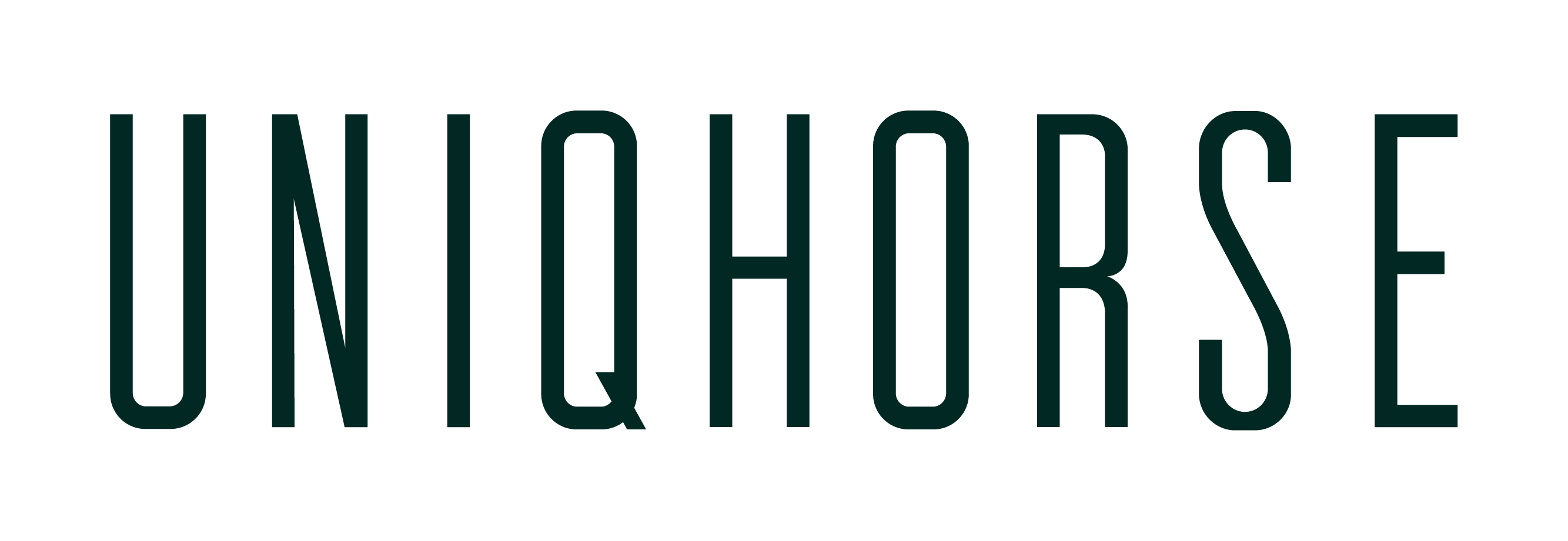


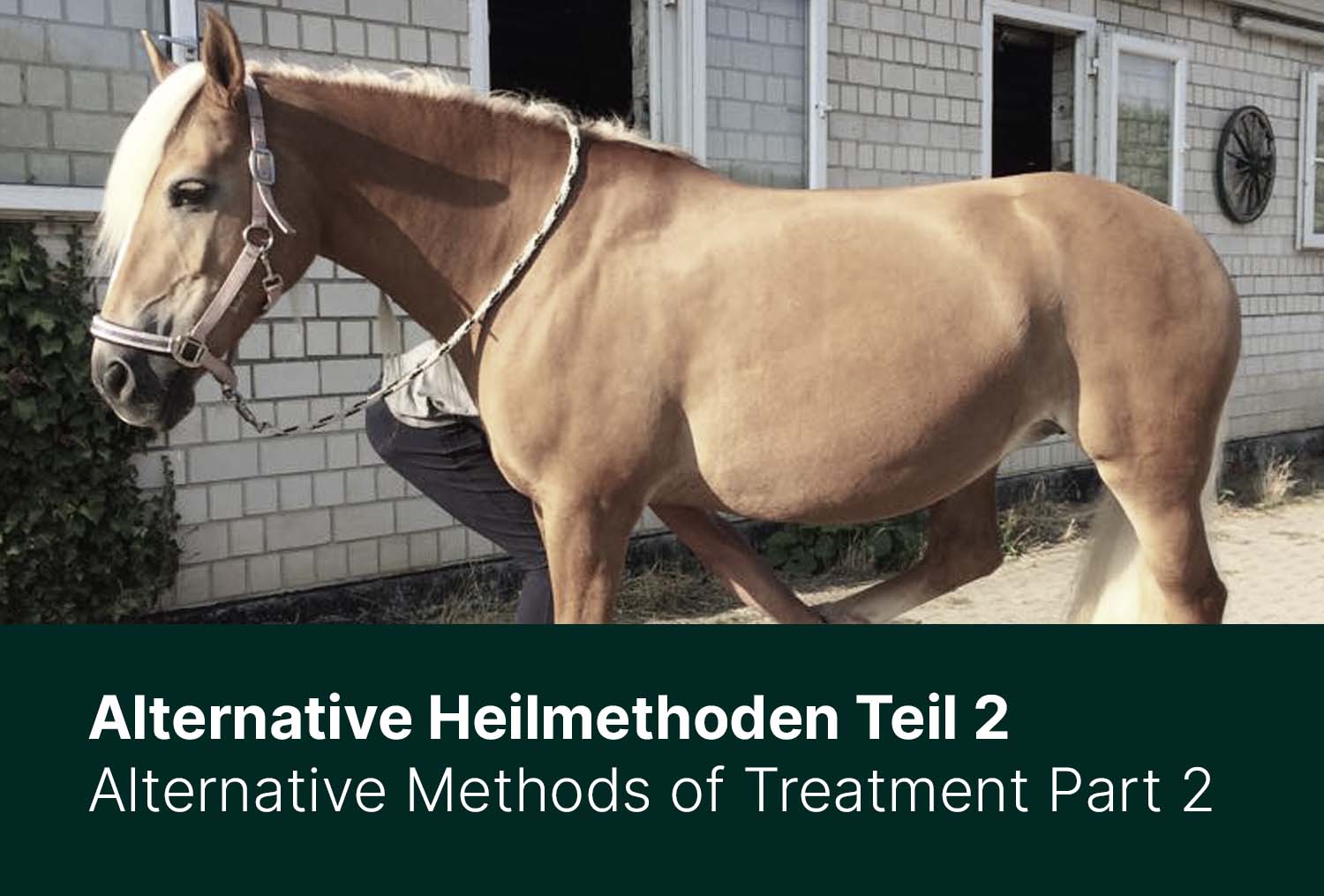
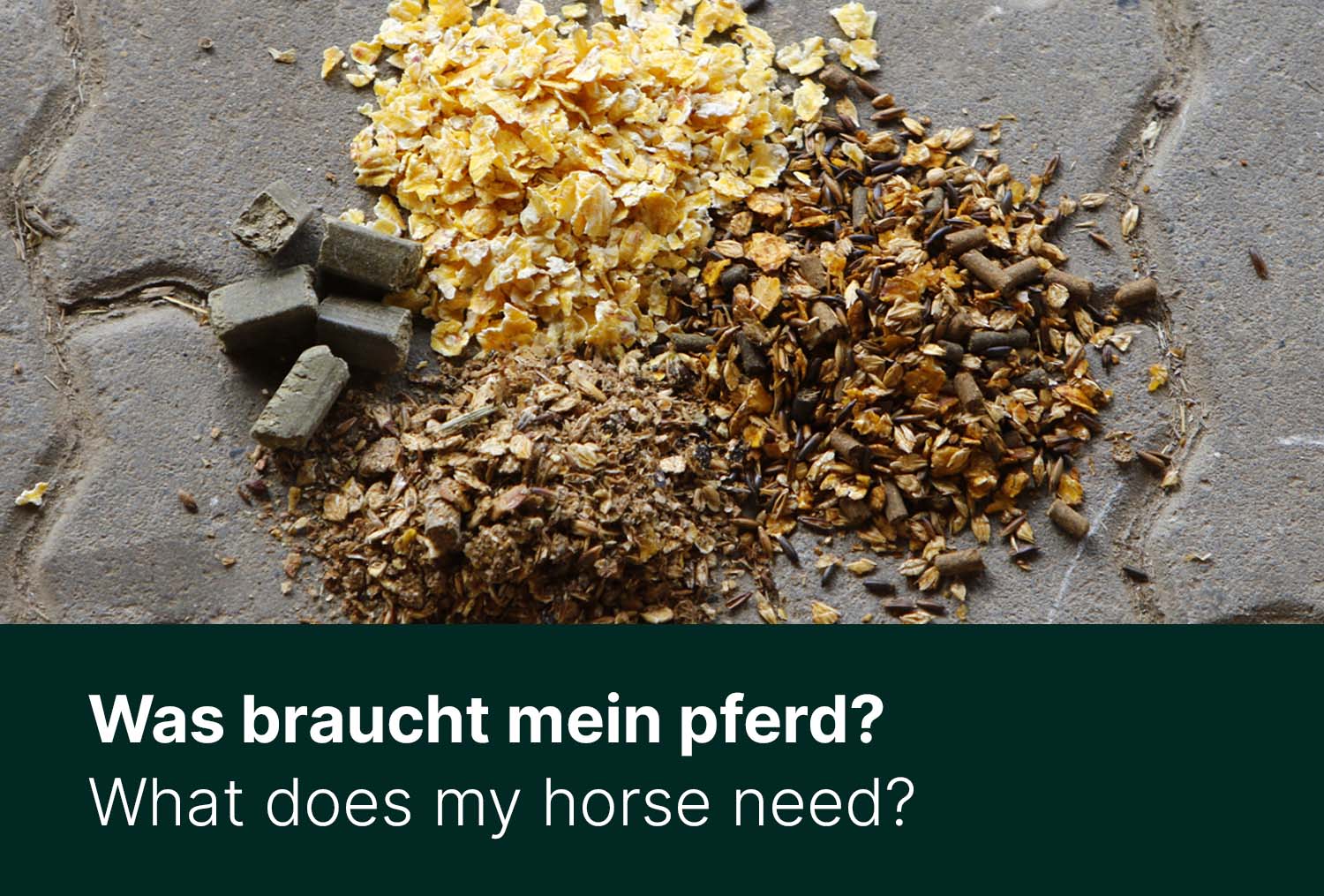
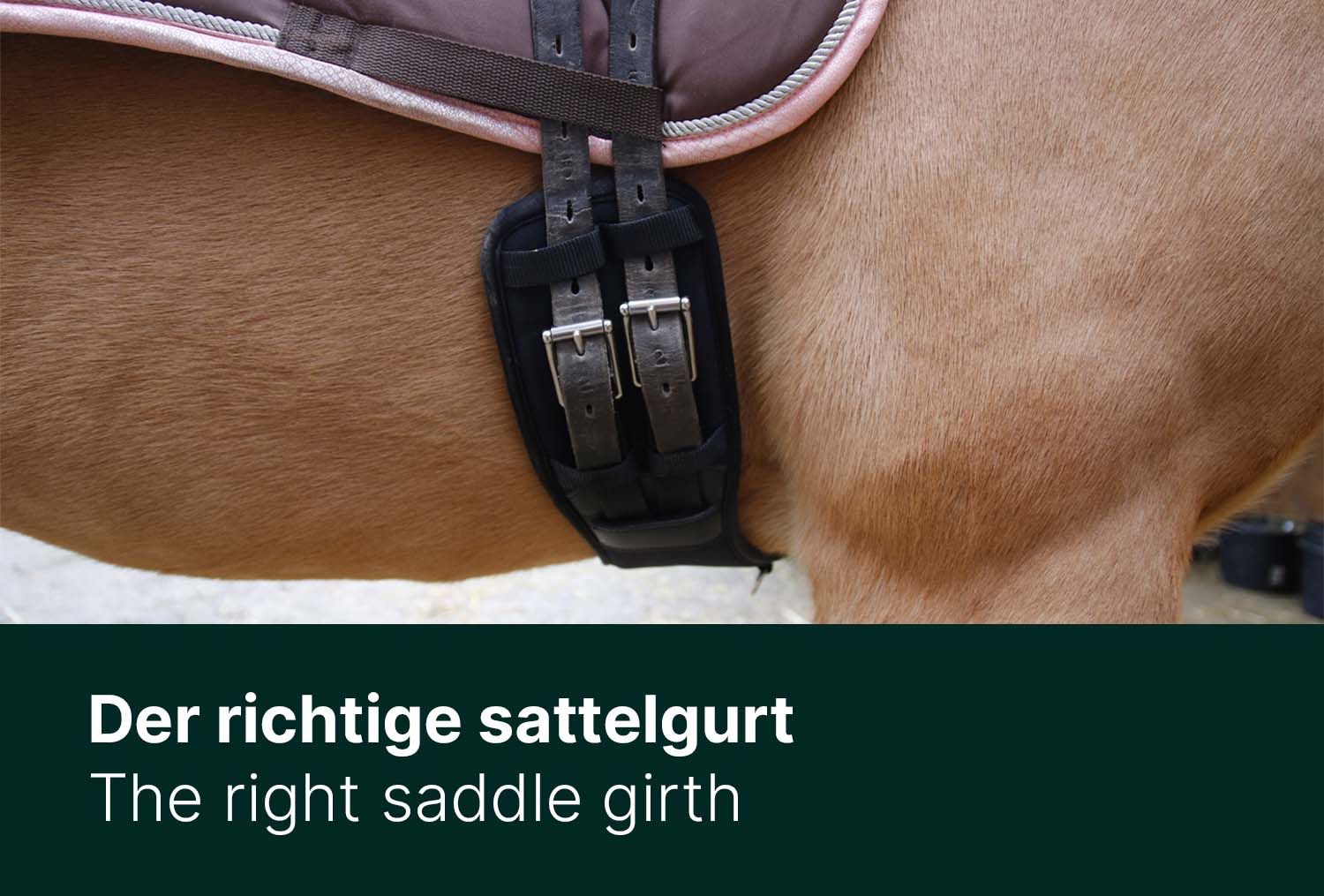
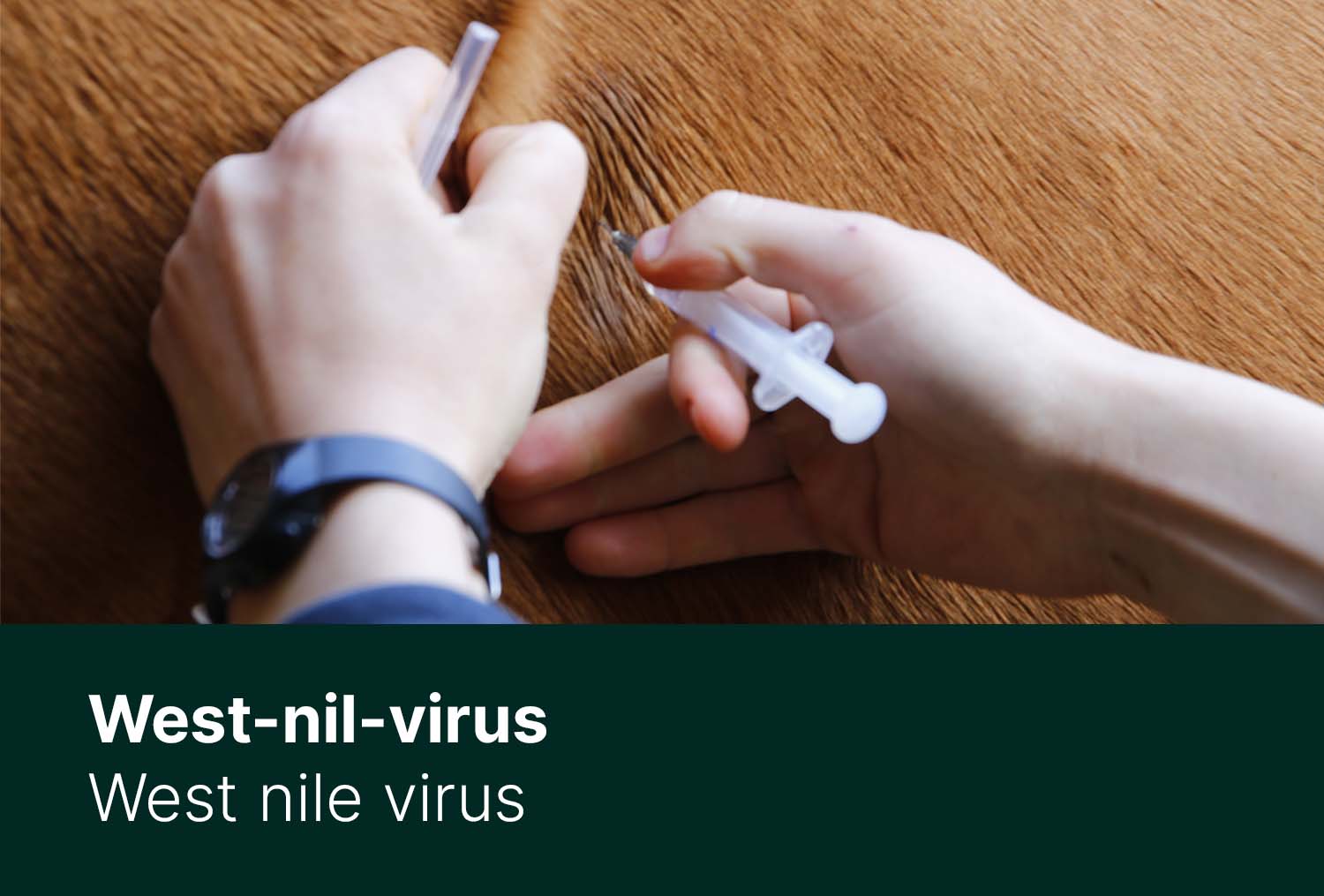
Alternative Methods of Treatment Part 1 - Between Chiropractic, Physiotherapy and Co.
Autumn - Cold Weather for Horses